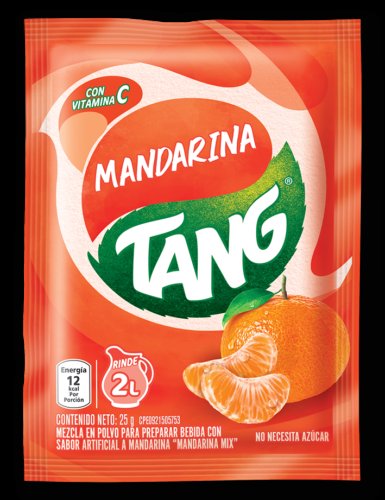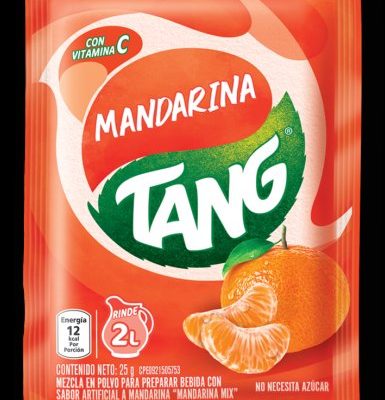
Tangs, belonging to the family Acanthuridae, are known for their vibrant colors and unique shapes. Imagine a mini underwater rainbow gliding through the water! There are several types of tangs—from the popular blue tang to the yellow tang—each contributing to its ecosystem in different yet equally important ways. So, let’s dive deeper into the world of tang fish and explore their important roles in marine environments.
What Are Tang Fish?
Tangs are mid-sized fish typically found in warm, tropical waters. They’re easily recognized by their oval bodies and the distinctive spines on their tails, which can be sharp and can be used defensively. Think of them as the protective bouncers in the fish community; they might look friendly, but they’ve got some serious defense mechanisms when threatened.
Not only are these fish striking in appearance, but they are also social creatures. Tangs often swim in groups, adding to their charm. They have a knack for surfacing in the cleaning stations of coral reefs, where smaller fish help remove parasites from their bodies. This mutualistic relationship not only keeps tangs healthy but also supports the overall health of the reef ecosystem.
Their diet mainly consists of algae, which they graze on the surfaces of rocks and corals, making them a crucial part of the marine food chain. This grazing helps maintain healthy coral reefs, preventing algal blooms that can suffocate corals and disrupt the delicate balance of the ecosystem.
The Grazing Habit and Coral Health
You might be surprised to learn that tang fish are like nature’s lawnmowers in the ocean! They keep the growth of algae in check by grazing on it. When tangs munch on algae, they prevent it from overtaking coral reefs, which can be quite a problem. Without this natural grazing, excess algae can smother corals, blocking sunlight and harming these vibrant ecosystems.
This grazing habit is not just a diet choice; it’s essential for the survival of coral reefs. Healthier corals mean a thriving marine ecosystem, which supports a variety of marine life. Imagine a vast underwater garden; if one plant takes over, everything else struggles to survive. By keeping algae in check, tang fish allow corals to thrive, leading to a more diverse and healthy ecosystem.
Interestingly, the relationship between tangs and corals goes beyond just eating habits. Healthy coral reefs provide shelter for tangs and other fish species. So, in a way, they’re symbiotic creatures, relying on each other for survival and balance in their underwater world.
Tangs as Indicators of Ecosystem Health
Let’s consider the tang fish as the “canary in the coal mine” for marine ecosystems. When ocean conditions change—be it from pollution, climate change, or overfishing—the health of tang populations can reflect those shifts. A decrease in tang numbers often signals a decline in the overall health of the coral reefs they inhabit.
For example, if water temperatures rise, it can lead to coral bleaching, which in turn affects tang populations. Coral bleaching occurs when corals expel the algae that give them color and nutrients, leading to a vulnerable coral ecosystem. If you notice fewer tangs, it might indicate that all is not well in the ocean environment.
Monitoring tang populations can help scientists and conservationists assess the health of marine ecosystems and take action when necessary. It’s like keeping an eye on a key player in a sports team; if they’re not performing well, it’s time to investigate further.
The Importance of Tang Fish in Biodiversity
In the grand scheme of things, tang fish contribute to the biodiversity of marine life. They are part of a complex food web, serving as both grazers and prey. Larger fish, birds, and even marine mammals feed on tangs, making them integral to the survival of various other species.
Moreover, the presence of tang fish enhances the variety of marine life in a given area. Their foraging patterns help distribute nutrients in the coral reef system, fostering an environment where various species can thrive. Having a diverse set of species in a marine ecosystem is crucial for resilience, allowing it to withstand changes and recover from disturbances.
Without tangs, the balance of these ecosystems could be heavily disrupted. You might think of them as a central character in a community story; if that character is removed, the whole narrative can fall apart.
Conservation Efforts and Challenges
Despite their importance, tang fish face several challenges today. Overfishing, habitat destruction, and climate change threaten their populations. Many tangs are sought after in the aquarium trade, leading to unsustainable capture methods that harm both the fish and their habitats.
Conservation efforts are crucial for protecting these vibrant fish and their ecosystems. Initiatives like marine protected areas (MPAs) aim to safeguard critical habitats, allowing fish populations, including tangs, to recover. Public awareness campaigns also educate people about the importance of sustainable fishing practices and habitat protection.
Getting involved in local conservation efforts or supporting organizations that focus on marine health can make a difference. Just as every fish has its role in the underwater community, every person can play a part in preserving these ecosystems.
The tang fish is more than just a charming inhabitant of coral reefs; it’s a vital player in the health and balance of marine ecosystems. From their grazing habits that keep algae in check to their role as indicators of environmental health, tangs have their fins on the pulse of the ocean.
Understanding the importance of tang fish helps us appreciate the delicate web of life in our oceans and why we should care about their conservation. Each tang fish, swimming gracefully through the reef, reminds us of the intricate connections that bind all marine life together. So, next time you find yourself near the ocean, take a moment to appreciate these vibrant fish and the crucial roles they play in their underwater world.

